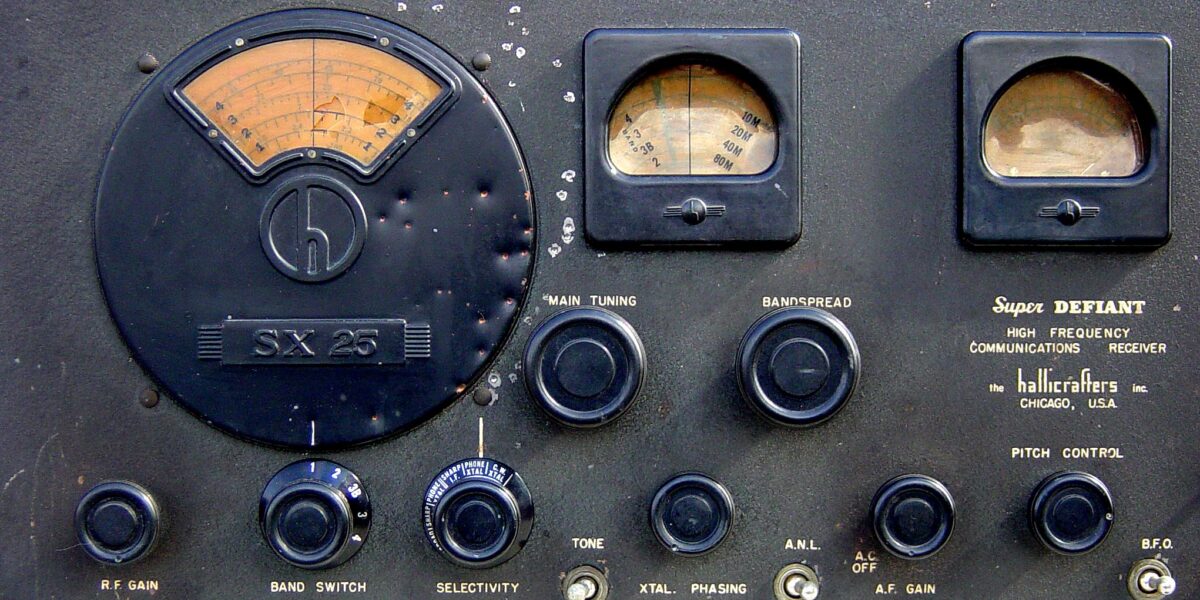Assign someone to read Naming
the Pain in advance and summarize it for the class, or provide the link to
class members to read the article for further reflection.
Naming
the Pain: A Lenten reflection on transforming the wounds of war,
Carolyn Holderread Heggen, AMBS Chapel, February 28, 2012
Presentation:
“The
Trauma of War and our Collective Responsibility” (also highlighted in Lesson 5) is a good way to acknowledge that
the trauma of war is not a pain to be borne by soldiers alone; rather, it is a
burden created and shared by everyone. This is an important concept and helpful
bridge-builder between veterans and non-veterans.
Strategies for TraumaAwareness and Resilience (STAR): STAR is a research-supported trauma awareness and
resilience training program that began in 2001. STAR
brings together theory and practices from neurobiology, conflict transformation,
human security, spirituality, and restorative justice to address the needs of
trauma-impacted individuals and communities.
STAR: Journey Homefrom War: a
training program using the STAR model, focused on military veterans and their
return to civilian life.



